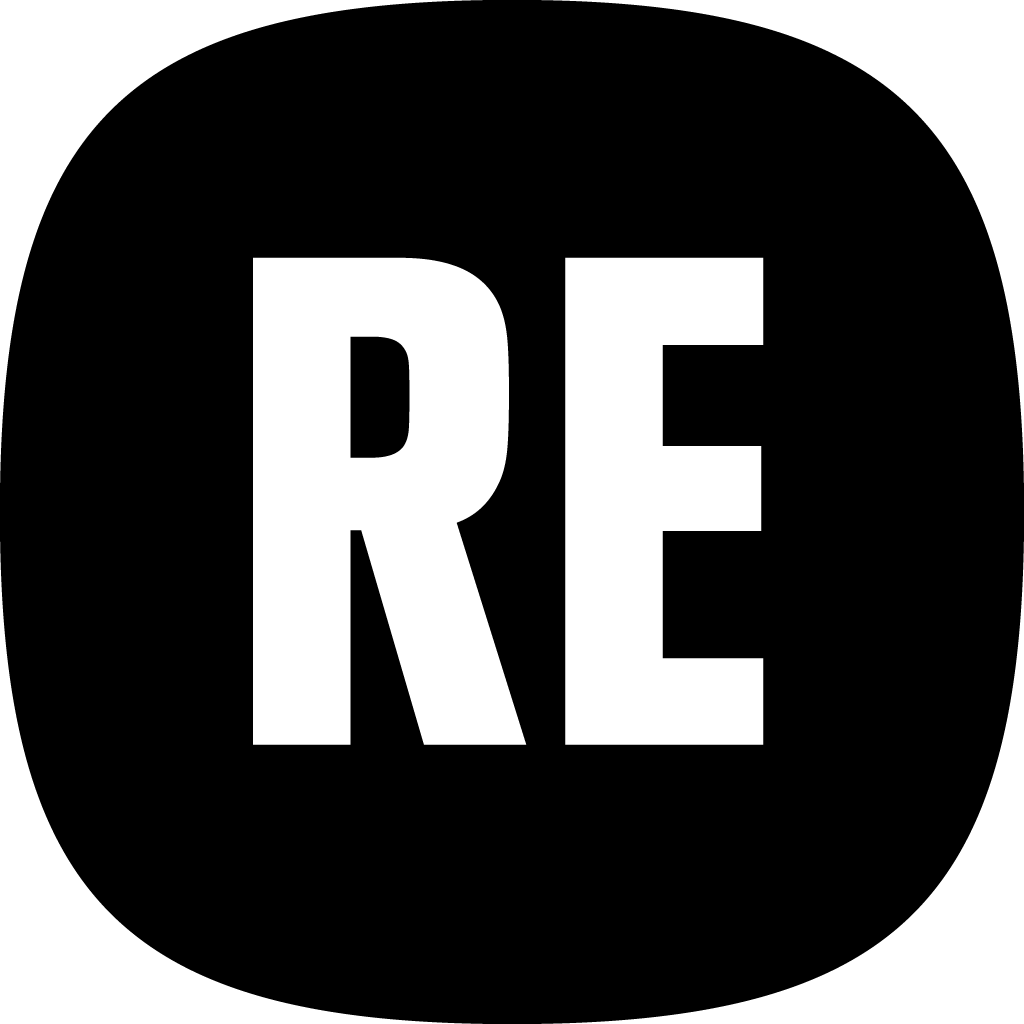KÖME
WHO
KÖME – the Association of Cultural Heritage Managers – is a nonprofit organization based in Budapest, Hungary, dedicated to rethinking and revitalizing cultural heritage through participatory, ecological, and community-rooted approaches. Since its founding in 2012, KÖME has brought together a dynamic network of professionals, artists, and activists working across the fields of cultural heritage, education, and environmental awareness.
With a small core team and over two dozen active members (25 members consisting of the general assembly of the association), KÖME promotes collaborative, horizontal work structures and holistic thinking. Its members regularly engage with communities, artists, local governments, and educators to foster sustainable heritage practices and social cohesion. A key initiative in recent years has been Internép, an emerging heritage and community space in Budapest’s culturally diverse 8th district, co-developed with the artist collective Pneuma Szöv.
WHAT
KÖME’s RECHARGE Living Lab focused on transforming Népszínház Street – a historically rich but socially fragmented urban area – into a vibrant, participatory cultural corridor. Their aim was to build a collaborative local network, develop shared resources, and empower residents as co-creators of heritage and community.
The initiative addressed challenges such as social fragmentation, lack of shared public resources, and underuse of heritage spaces. In response, KÖME used Internép, a living lab for experimentation, dialogue, and collective action. The project sought to cultivate a sense of ownership among residents and collaborators, activate the public realm, and plant the seeds for a new, eco-conscious community institution.
Through regular “Visionary” meetings, thematic workshops, artistic performances, and street interventions, KÖME catalyzed relationships among artists, residents, local institutions, and changemakers. They fostered engagement around shared goals: greener streets, stronger social ties, and more democratic access to culture.
HOW
KÖME’s approach was firmly rooted in participatory methods and co-creation, transforming how heritage is conceived and experienced. Throughout 2024, they hosted over 15 public events and workshops, gradually weaving together the Népszínházvíziós Group (People’s Theatre Visionary Group). This dynamic network then actively co-designed key initiatives, including a practical "Library of Things" for resource sharing without financial exchange, and a vibrant Season Opening festival, a joyful neighborhood celebration.
KÖME’s team prioritized openness, letting community energy and grassroots proposals organically shape the outcomes. This approach cultivated new core team members, expanded local ownership of the Internép space, and fostered a shared narrative around urban sustainability and cultural empowerment.
Challenges and Lessons Learned:
Pioneering such a participatory process wasn't without hurdles. KÖME readily admits that truly empowering a community demands significant capacity. They addressed this by providing ample space for people to contribute, distributing the workload and enriching the process. They also recognized the need for deeper mapping of street users and clearer communication about their evolving visions.
A key finding was that people on the street often react directly to spontaneous happenings and connect in diverse ways, highlighting the need for varied engagement strategies. The project also revealed that "greening" and alternative public space usage, while desired, can sometimes be conflicting issues, emphasizing the importance of ongoing dialogue.
Ultimately, the Living Lab methodology proved instrumental in forging meaningful relationships with stakeholders, enabling KÖME to achieve significantly deeper cooperation and collectively develop practical tools like the "Library of Things."

Share